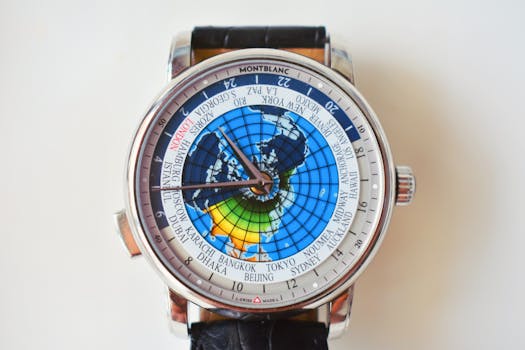
Exploring Different Types of Watch Movements – WordPress
Introduction to Watch Movements

Exploring different types of watch movements is essential for any watch enthusiast or collector. Watch movements refer to the internal mechanism of a watch that powers its timekeeping functions. With various types of watch movements available, each has its unique characteristics, benefits, and drawbacks. In this article, we will delve into the different types of watch movements, including quartz, mechanical, and automatic movements.
Quartz Watch Movements
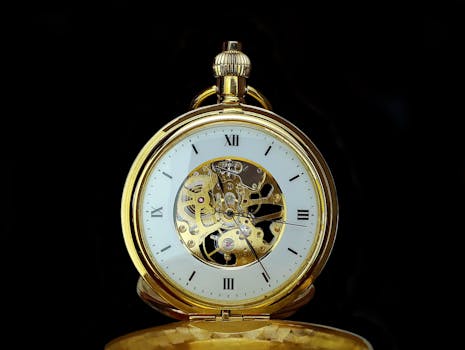
Quartz watch movements are the most common type of watch movement. They use a battery-powered quartz crystal to regulate the timekeeping functions of the watch. Quartz movements are known for their accuracy, reliability, and affordability. They are also low maintenance, as they do not require winding or regular servicing. However, quartz movements can be less desirable for watch collectors who prefer the craftsmanship and traditional appeal of mechanical movements.
Mechanical Watch Movements
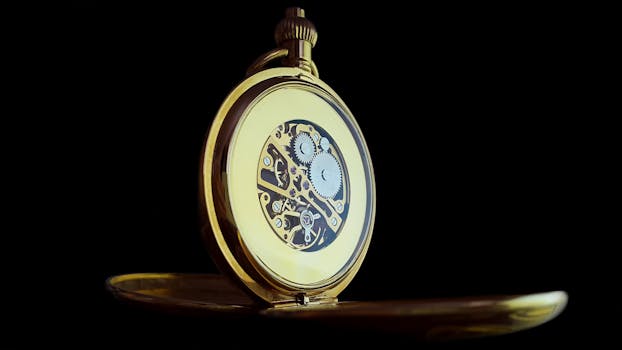
Mechanical watch movements, on the other hand, use a complex system of gears, springs, and balances to power the watch. Mechanical movements are prized for their craftsmanship, beauty, and historical significance. They are often considered works of art, with intricate engravings, decorations, and finishes. Mechanical movements require regular winding and servicing to maintain their accuracy and function. However, they can be more accurate than quartz movements, especially high-end mechanical movements.
Automatic Watch Movements
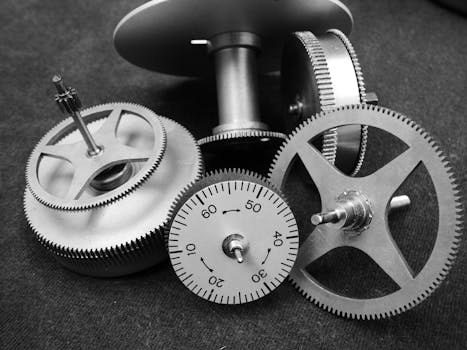
Automatic watch movements, also known as self-winding movements, use the wearer’s movements to wind the watch. Automatic movements are a type of mechanical movement that eliminates the need for manual winding. They use a rotor to wind the mainspring, which powers the watch. Automatic movements are convenient, as they do not require battery replacement or manual winding. However, they can be less accurate than quartz movements and may require more maintenance than mechanical movements.
Type of Watch Movements Takeaways
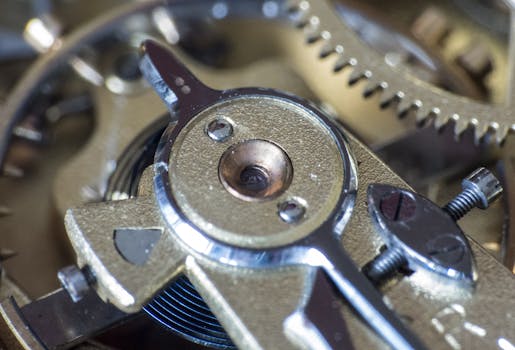
- Quartz movements are accurate, reliable, and affordable but may lack the traditional appeal of mechanical movements.
- Mechanical movements are prized for their craftsmanship, beauty, and historical significance but require regular winding and servicing.
- Automatic movements are convenient, eliminating the need for manual winding, but may be less accurate than quartz movements and require more maintenance.
Conclusion

In conclusion, exploring different types of watch movements is essential for any watch enthusiast or collector. Each type of movement has its unique characteristics, benefits, and drawbacks. By understanding the different types of watch movements, individuals can make informed decisions when selecting a watch that suits their needs and preferences. Whether you prefer the accuracy and reliability of quartz movements, the craftsmanship and beauty of mechanical movements, or the convenience of automatic movements, there is a watch movement type to suit every taste and style.


